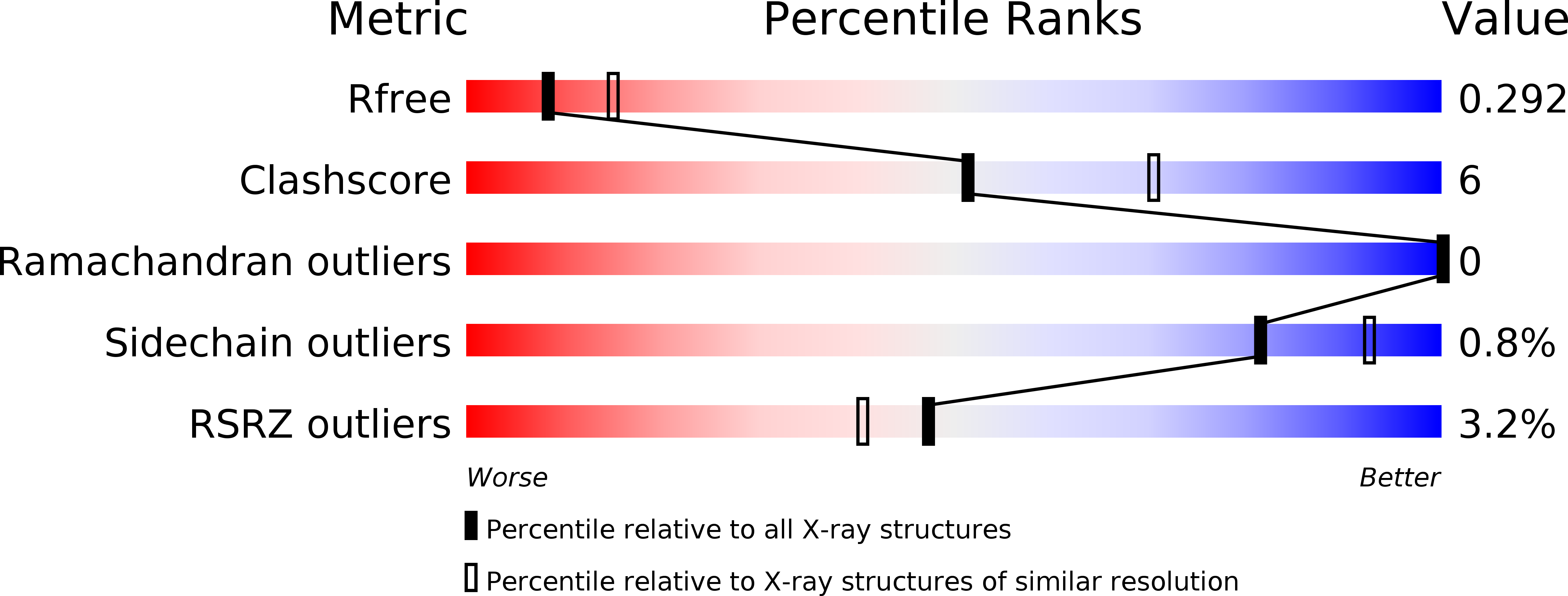
Deposition Date
2011-03-18
Release Date
2011-04-13
Last Version Date
2024-11-20
Entry Detail
PDB ID:
2YD9
Keywords:
Title:
Crystal structure of the N-terminal Ig1-3 module of Human Receptor Protein Tyrosine Phosphatase Sigma
Biological Source:
Source Organism:
HOMO SAPIENS (Taxon ID: 9606)
Host Organism:
Method Details:
Experimental Method:
Resolution:
2.60 Å
R-Value Free:
0.28
R-Value Work:
0.24
R-Value Observed:
0.24
Space Group:
I 2 2 2


